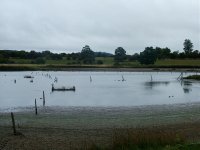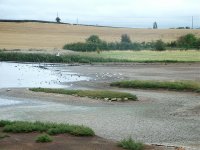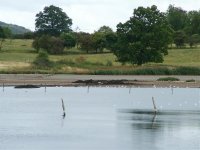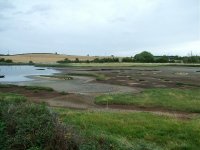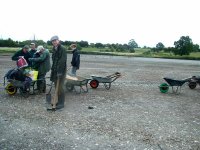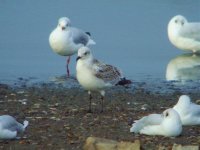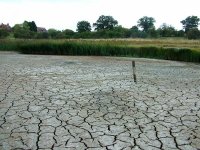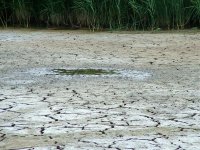Cheers John
I had noticed the Dragonfly. As soon as i have time there will be more pictures posted, and there are stranger things looming from the abyss! 8-P
Great shots Simon, Did you notice the dragonfly just about to attack the kinfisher in pic 3 and pic 4 looks like the kingf got away just in time, from whatever is about to come out of the abyss below it :-O
BJohn
I had noticed the Dragonfly. As soon as i have time there will be more pictures posted, and there are stranger things looming from the abyss! 8-P





